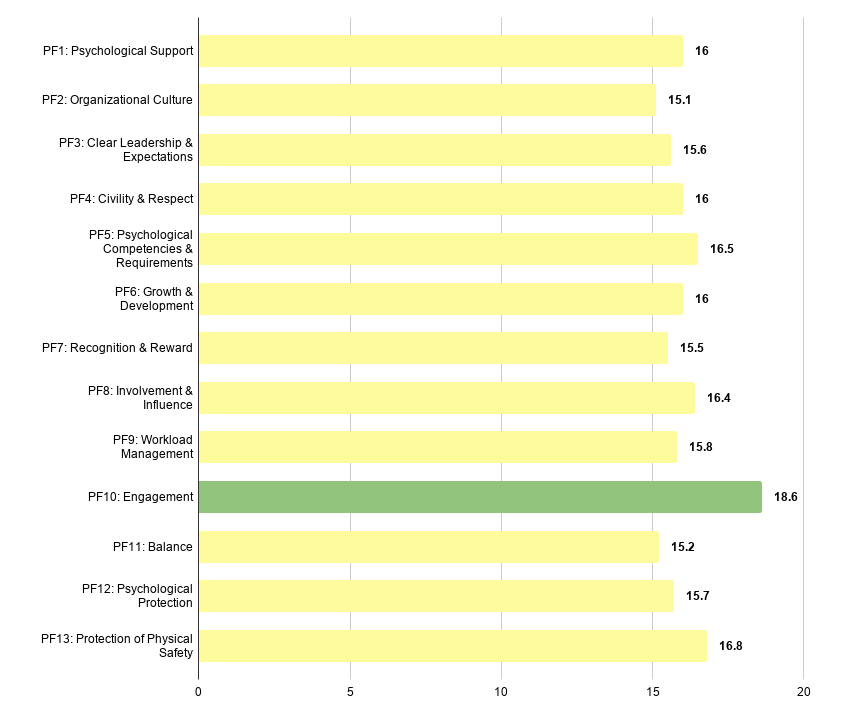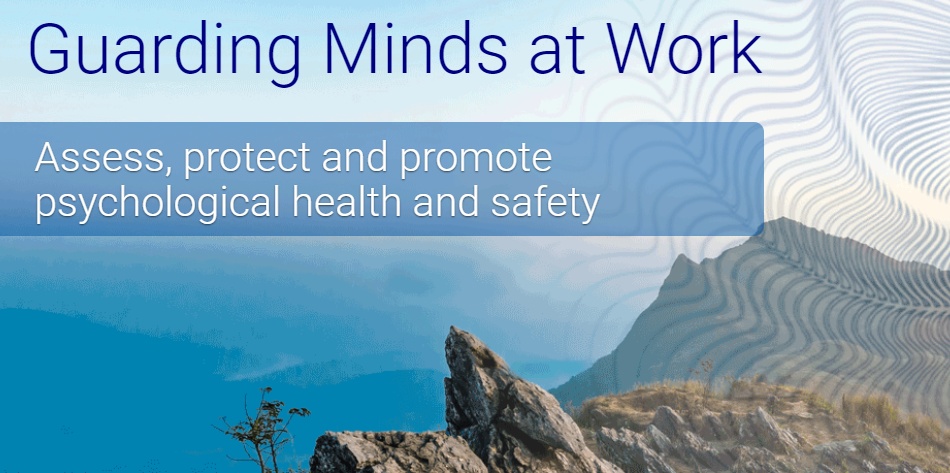The physical and mental well-being of our students and staff are critical to teaching and learning. In order to make positive changes, we need to know how our staff are doing. As part of our efforts to improve the psychological health and safety in Pembina Hills, we have implemented a program called Guarding Minds at Work.
What is Guarding Minds at Work?
Guarding Minds at Work is a unique and free online resource to help employers assess, protect and promote psychological health and safety in their workplaces. The program which is supported by the Alberta School Employee Benefits Program (ASEBP), evaluates an organization based on 13 psychosocial factors.
“Much like a doctor makes a diagnosis and treatment plan based on signs and symptoms, this program will help us determine the overall mental health of our staff. From this we can begin developing strategies to address and support mental health in the workplace,” says Assistant Superinendent Brett Cooper. “Once we have collected as much information as we can, we will formulate an Action Plan to address any identified areas of concern.”
It starts with a survey
In order to make positive changes, we need to know how our staff are doing. In November, all Pembina Hills staff were invited to complete a 68-question survey which is designed to assess, address and evaluate actions for the 13 psychosocial factors.
83% of Pembina Hills staff completed the survey. The Mean Score Report shows the organization’s average score for each factor. One factor—Engagement—was identified as a relative strength and the remaining 12 factors were identified as having minimal concerns. The categories of concern (the colors) are based on a comparison with the 2016 Ipsos Reid standardization pattern for each factor, thus serving as a benchmark for comparison. This gives us a picture of strengths and opportunities for action based on the factors.


Next steps
Guarding Minds at Work involves more than just sending out a survey. Over the next several months, the leadership team will analyze the data to determine which areas need attention. We have been advised by ASEBP to select 1-3 factors on which to focus. We will look for areas that have the potential for the greatest positive impact. If we focus strategies wisely, our efforts should have a ripple effect and positively impact the other psychosocial factors as well.
We anticipate that conversations about the data will occur with staff throughout the year. These conversations will be facilitated by site supervisors with the support of wellness champions.
Assistant Superintent Mark Thiesen says, “We know it will take time to see the effect of any strategies we choose to fine tune the culture of an organization as big as ours. We expect this to be a multi-year process, but one that is very worthwhile.”

